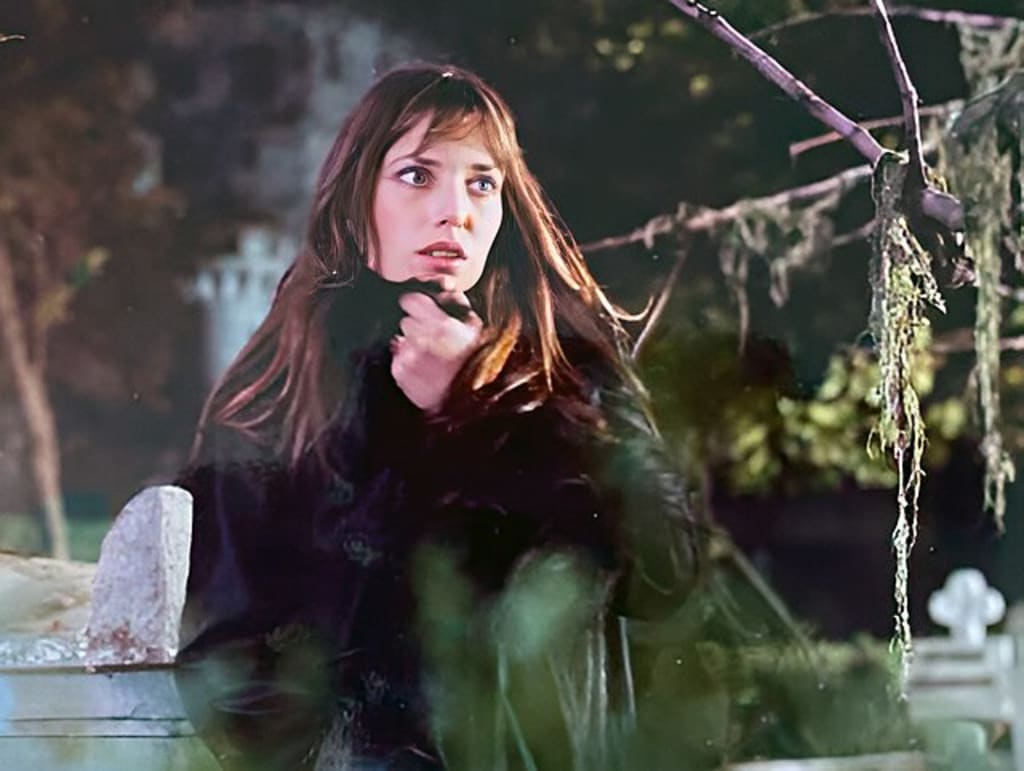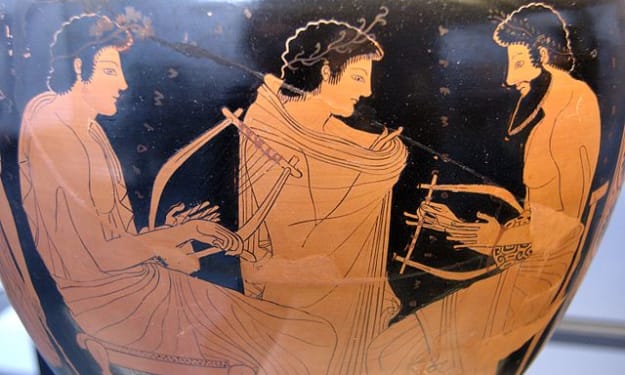Fear on Film: Analyzing What Makes Horror So Scary
Delving into the Dark: The Psychology, Elements, and Impact of Horror Films

Horror films have a unique ability to captivate, terrify, and leave lasting impressions on audiences. But what is it about these films that makes them so effective at scaring us? Let's dive into the psychology and mechanics behind the fear on film and uncover what truly makes horror so scary.
The Psychology of Fear
At the core of horror lies the human emotion of fear. Fear is a primal response that has evolved to protect us from danger. Horror movies tap into this deep-seated emotion by presenting scenarios that trigger our survival instincts. The thrill of experiencing fear in a controlled environment, like a movie theater or our own living room, can be exhilarating.
Fight or Flight: The Physical Reaction
When we watch a horror movie, our bodies often react as if we are in actual danger. Our heart rates increase, we start to sweat, and our muscles tense up. This fight-or-flight response is triggered by the suspense and shock moments that are hallmarks of the genre. Directors and screenwriters skillfully manipulate these physical reactions to keep us on the edge of our seats.
The Elements of Horror
Atmosphere and Setting
A key component of horror is the atmosphere. Dark, eerie settings with ominous music can create a sense of dread before anything frightening even happens. Classic horror films like "The Shining" use isolated, foreboding locations to build tension. The setting becomes a character in itself, adding to the unease and anticipation.
Sound and Silence
Sound design plays a crucial role in horror. The use of sudden, loud noises, unsettling background music, and even silence can heighten fear. Silence, in particular, can be incredibly effective. It forces the audience to anticipate what might happen next, often leading to a more intense reaction when the scare finally occurs.
The Unknown and the Unseen
One of the most powerful tools in horror is the fear of the unknown. Our imaginations can conjure up far scarier images than anything shown on screen. Directors often use shadows, glimpses, and suggestion to let our minds fill in the terrifying details. The less we see, the more we fear.
Relatable Characters
Effective horror films often feature characters we can relate to. When we see ourselves in the characters, their fears become our fears. This connection makes the horror more personal and impactful. Whether it's a family trying to survive in "A Quiet Place" or friends facing supernatural forces in "The Conjuring," relatable characters draw us deeper into the story.
The Evolution of Horror
Horror films have evolved over the decades, reflecting societal fears and cultural changes. Early horror movies focused on monsters and the supernatural, while modern horror often explores psychological fears and real-world anxieties. Films like "Get Out" tackle social issues, adding layers of meaning to the scares.
Subgenres and Innovation
The horror genre is diverse, with subgenres ranging from slasher films to psychological thrillers to supernatural horror. This variety keeps the genre fresh and allows for endless innovation. Filmmakers continue to push boundaries and explore new ways to scare audiences, ensuring that horror remains a dynamic and evolving genre.
The Cultural Impact of Horror
Horror films not only scare us but also leave a significant cultural impact. They reflect societal anxieties, challenge norms, and often become a medium for exploring complex themes. The cultural relevance of horror can be seen in how certain films become touchstones for entire generations.
Reflecting Societal Fears
Each era's horror films often mirror the prevailing societal fears of the time. For example, the 1950s and 1960s saw a rise in monster movies and alien invasions, reflecting Cold War anxieties and fears of the unknown. The 1970s and 1980s, with films like "Halloween" and "A Nightmare on Elm Street," tapped into suburban fears and the idea that danger lurks where we feel safest. Modern horror continues this tradition, addressing contemporary issues such as technology, social justice, and mental health.
Challenging Social Norms
Horror films frequently push boundaries and challenge societal norms. They provide a space to explore taboo topics and confront uncomfortable truths. Films like "The Babadook" and "Hereditary" delve into the complexities of grief and mental illness, forcing audiences to confront these often-ignored issues. By bringing these themes to the forefront, horror can initiate important conversations and promote greater understanding.
Iconic Symbols and Tropes
The horror genre has given us some of the most iconic symbols and tropes in film history. From the haunted house to the masked killer, these elements have become ingrained in popular culture. Characters like Freddy Krueger, Michael Myers, and Dracula have transcended their films, becoming cultural icons. These symbols and tropes are not just tools for scares; they also carry deeper meanings and reflections of our collective fears.
Horror's Influence on Other Genres
The impact of horror extends beyond its own genre, influencing various other genres and media. Elements of horror can be found in thrillers, science fiction, and even dramas. The techniques used to build suspense and evoke fear are employed to create tension and emotional depth in other types of storytelling.
Horror in Literature and Art
The roots of horror run deep in literature, with classics like Mary Shelley's "Frankenstein" and Bram Stoker's "Dracula" laying the foundation for modern horror. These stories have been adapted into countless films, TV shows, and even artworks. The themes explored in horror literature continue to inspire new generations of writers and artists, ensuring the genre's enduring legacy.
Horror in Television and Gaming
Horror has also found a significant place in television and video games. Series like "Stranger Things" and "The Haunting of Hill House" have brought high-quality horror storytelling to the small screen, captivating audiences with their intricate plots and character development. In the gaming world, horror titles like "Resident Evil" and "Silent Hill" immerse players in terrifying experiences, combining interactive elements with the suspense and fear of traditional horror.
The Therapeutic Value of Horror
Interestingly, horror films can also have therapeutic value. The controlled exposure to fear can help some people manage anxiety and stress. The adrenaline rush from a scary movie can lead to a release of endorphins, providing a sense of relief and euphoria once the film is over. Additionally, horror can serve as a safe way to explore and process personal fears and traumas.
Building Resilience
Watching horror movies can build psychological resilience. By facing fictional fears, viewers can become more adept at handling real-life stressors. The sense of accomplishment after surviving a particularly scary movie can boost confidence and emotional strength.
Creating Community
Horror also has a unique way of bringing people together. Whether it's sharing ghost stories around a campfire, attending horror film festivals, or participating in online discussions, the genre fosters a sense of community among fans. The shared experience of fear and excitement can create strong bonds and a sense of belonging.
Conclusion: Embracing the Fear
Horror films are more than just a source of scares; they are a reflection of our deepest fears, societal anxieties, and the human experience. They challenge us, entertain us, and, at times, even help us heal. The enduring popularity of horror is a testament to its power and versatility as a genre.
So, whether you're a die-hard horror aficionado or a casual viewer, there's always something new and terrifying to discover. Embrace the fear, explore the unknown, and let horror movies take you on a journey into the darkest corners of the human psyche. After all, it's only through facing our fears that we can truly understand and conquer them.
About the Creator
Enjoyed the story? Support the Creator.
Subscribe for free to receive all their stories in your feed. You could also pledge your support or give them a one-off tip, letting them know you appreciate their work.





Comments
There are no comments for this story
Be the first to respond and start the conversation.